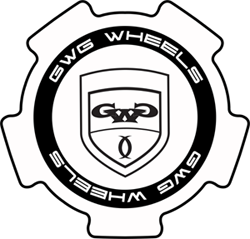Looking at your Brake Pad Compounds

When it comes to discussing car parts, most enthusiasts tend to focus on the centerstage parts. Things like engines, superchargers, turbos, transmissions, or even rear-ends. Brake components rarely get mentioned in this conversation. When they do, The sexier parts like powder coated calipers get the praise. Unfortunately, the quietly efficient brake pad often gets overlooked. As long as the vehicle stops and the pads aren’t making noise, these titans of restraint are often forgotten. High-performance experts and racers understand the importance of brake pads and the different amalgamation of compounds offered to enthusiasts today. Professional drivers and race teams know a pad with the right friction material will lower lap times. It is most noticeable on oval and street courses. Brake pad compound should always be a huge consideration for any application. To better understand the different types of brake materials and how they work, we got with the experts at Baer Brakes. Depending on your goals, brake pads can make or break your project.
What Brake Pads Do
Many books and hundreds of articles are written each year covering automotive brake systems. The information can be overwhelming and confusing when discussed as a full system. In this article, we wanted to take a deep dive into the humble brake pad. Our goal is to explain the different types of pad compounds and what they do. Most enthusiasts casually order replacement brake pads online or at the local parts store. This is typically done without a thought beyond the price tag.
It is surprising the amount of engineering, research, and development that goes into developing a set of brake pads. Understanding the different characteristics of brake pad types and styles is important to the overall driving experience and safe operation of your vehicle.
In the simplest of terms, the brake pads clamp the moving rotor disk to bring the car to a stop. If the pads don’t do their job properly, the entire braking process will suffer. There are different driving styles and applications that have different braking requirements. Brake pads with the wrong pad material for an application can lead to poor braking efficiency to worn rotors that need replacement. Brake dads with the right friction compound make a car drive smoother and brake more effectively. Plus, the other brake components will last longer and save money in service and replacement costs.






Leave a Comment